Market Analysis
In-depth Analysis of Silica Gel Market Industry Landscape
The silica gel market is influenced by various factors that drive its dynamics. Silica gel, a highly porous form of silicon dioxide, finds extensive applications in industries such as pharmaceuticals, electronics, food and beverages, and packaging. One of the primary drivers of market dynamics is the increasing demand for silica gel in moisture-absorbing applications. As industries strive to enhance product quality and shelf life, the need for effective moisture control becomes paramount, thereby boosting the demand for silica gel.
Moreover, the silica gel market is also influenced by its eco-friendly nature. Unlike traditional moisture-absorbing agents like clay, silica gel is non-toxic and environmentally friendly, making it a preferred choice for various applications. This eco-friendly aspect has led to a surge in demand for silica gel, especially in industries where sustainability is a key focus.
The rise in the demand for the silica gel market all across the globe. Increasing use of silica gel and increasing development in the packaging in the pharmaceutical industry provides various growth opportunities in the global market during the forecasted period.
Furthermore, technological advancements have played a significant role in shaping the dynamics of the silica gel market. Innovations in manufacturing processes have led to the development of advanced silica gel products with enhanced properties such as higher absorption capacity and improved durability. These technological advancements have expanded the application scope of silica gel, thereby driving market growth.
Additionally, the silica gel market is influenced by regulatory factors and standards pertaining to product quality and safety. Stringent regulations regarding moisture control in pharmaceuticals and food products have propelled the demand for high-quality silica gel that complies with regulatory standards. Manufacturers in the silica gel market are thus compelled to adhere to these regulations, which in turn, impacts market dynamics.
Moreover, the competitive landscape of the silica gel market also plays a crucial role in driving its dynamics. The market is characterized by the presence of several key players competing based on factors such as product quality, price, and innovation. Intense competition among manufacturers has led to product diversification and the introduction of novel silica gel formulations tailored to specific end-user requirements. This competition drives innovation and fosters market growth.
Furthermore, factors such as economic conditions, supply chain disruptions, and geopolitical tensions can also influence the dynamics of the silica gel market. Fluctuations in raw material prices, trade policies, and currency exchange rates can impact production costs and pricing strategies, thereby affecting market dynamics.

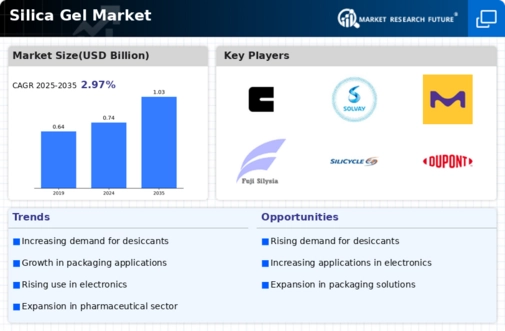
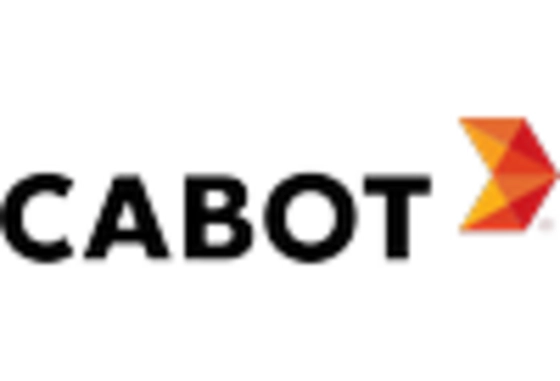


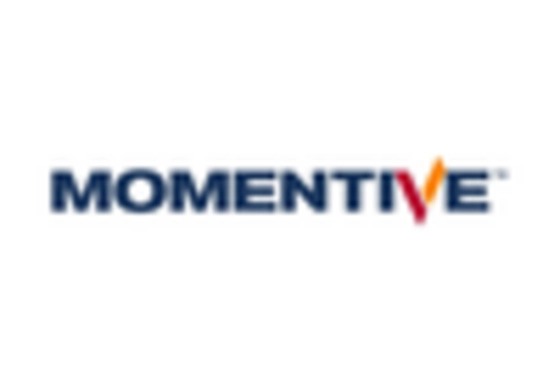
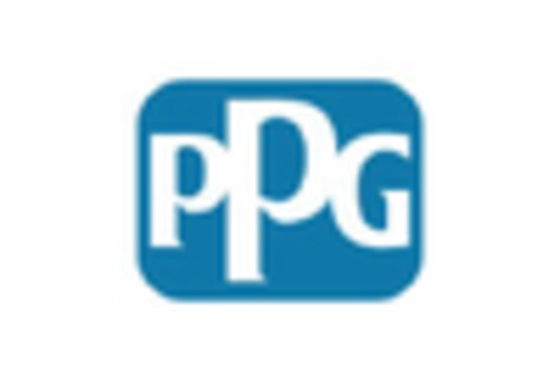
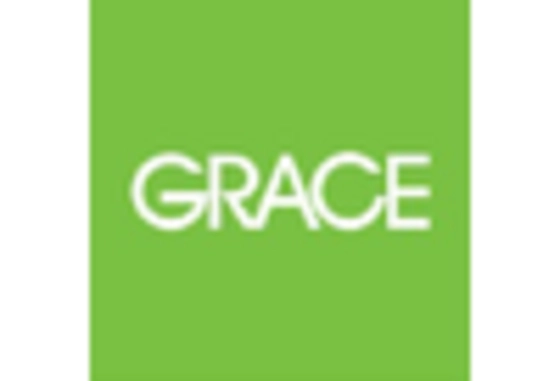









Leave a Comment